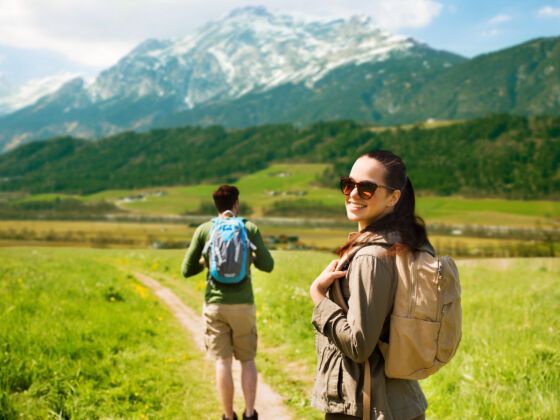1. Carry to-go containers at all times.
Reusable water bottles
In the US alone, 29 billion water bottles are purchased every year. To create that many bottles, it takes about 17 million barrels of crude oil. Also, since only 23% of these bottled are recycled, the rest:
- Goes in landfills, taking hundreds of years to break down.
- Ends up in the oceans where it kills marine wildlife
- Gets incinerated releasing toxic chemicals into the air
In short, it’s time you get yourself a solid reusable water bottle that you carry with you constantly. You just fill it from the tap and you’re good to go.
